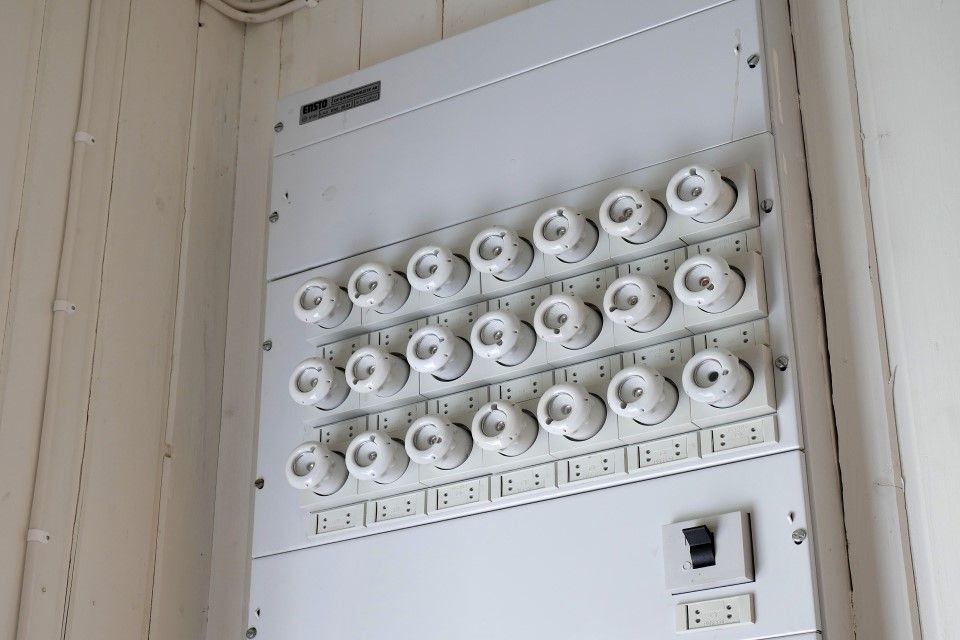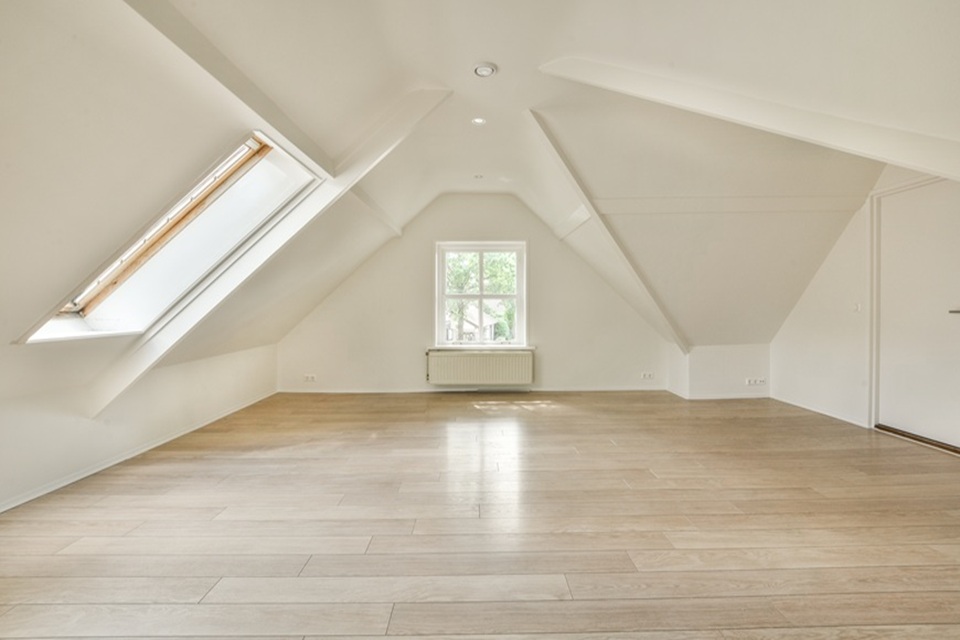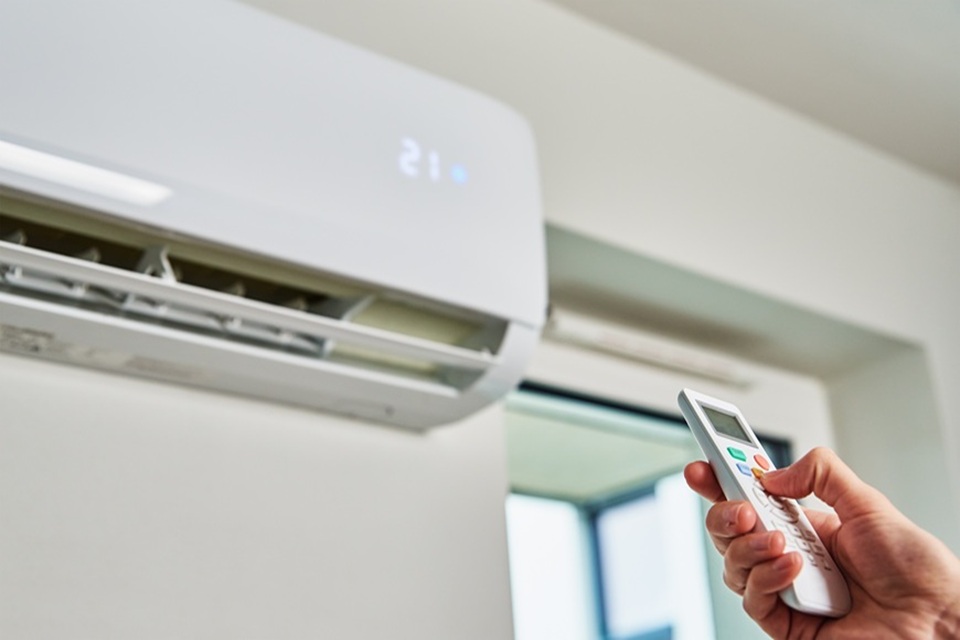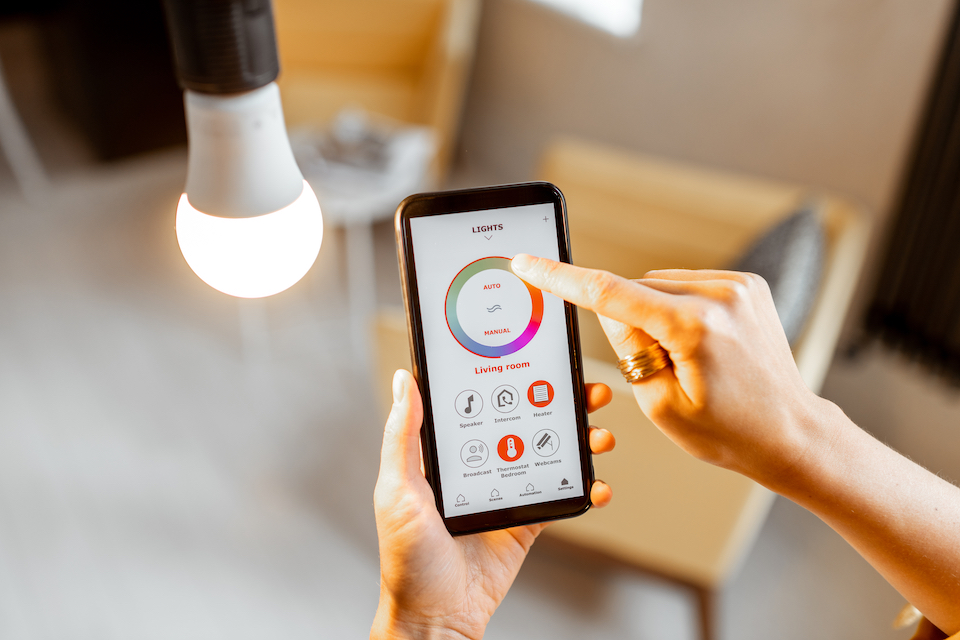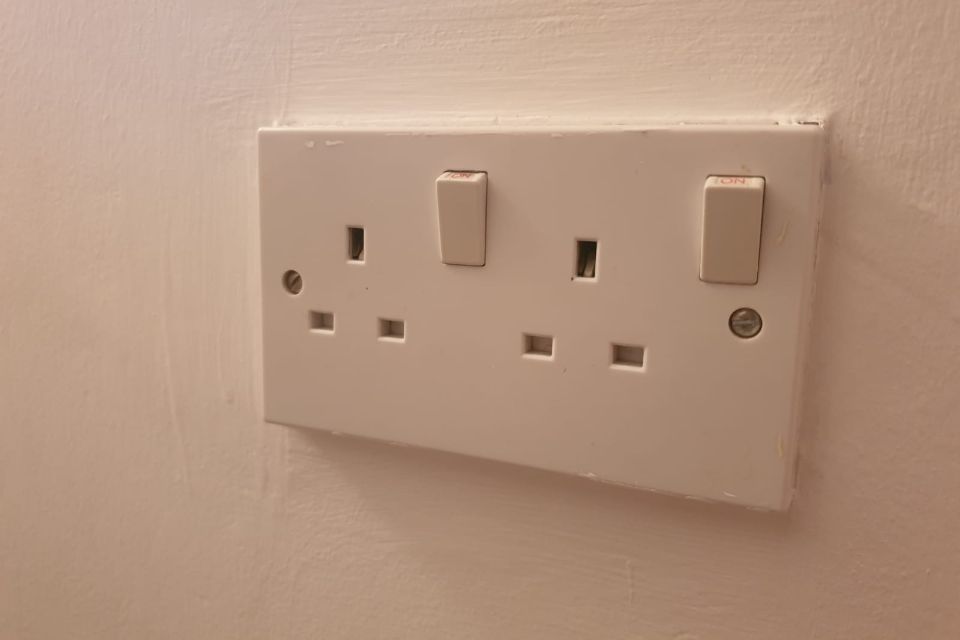How Much Does It Cost to Replace Fuse Box with Consumer Unit?
Do you have an outdated consumer unit?
If so, you may need to pay for a fuse box upgrade to ensure that it is safe and compliant.
This will also help you reduce your energy usage - resulting in lower energy bills. Upgrading your fuse box will require the help of a qualified electrician who will check your old fuse box and ensure that the new consumer unit meets Part P building regulations.
A new consumer unit can help lower your energy costs.
If you're ready to get a quote for a new consumer unit, we can also help connect you with local electricians.
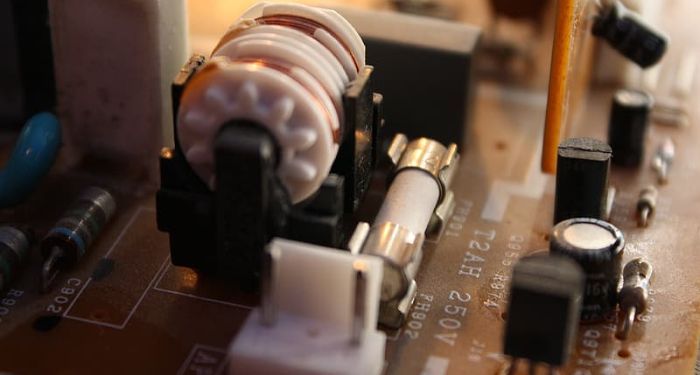
But how much will replacing a fuse board cost?
The average cost of replacing consumer unit is around £325 to £370 for a six-circuit consumer unit, £330 to £385 for a ten-circuit fuse box, and for a twelve-circuit consumer unit you should expect to pay around £380 to £450.
The average cost of replacing a fuse box can depend on the size of the unit.
New Fuse Consumer Unit Prices in 2024
Check out the table below to find out how much a replacement consumer unit will cost you:
| Type of Fuse Box | Average Price Range |
|---|---|
| Split-Load Consumer Unit | £90-£200 |
| Garage Consumer Unit | £34-£68 |
| Fully Loaded Consumer Unit | £40-£200 |
| Dual-Split Load Consumer Unit | £90-£200 |
| Domestic Switch Fuse | £70-£80 |
What Are the Additional Costs of a New Fuse Box?
The cost of a new fuse board may increase if you need other jobs completing at the same time. These are the various other costs you need to consider:
New Plug Socket Cost
Another common electrical job involves installing a new plug socket. The cost of this will depend on the type of plug socket you choose, for example, a switched socket costs around £1 to £120.
This type of socket usually has one or two outlets with a switch to turn the socket on or off.
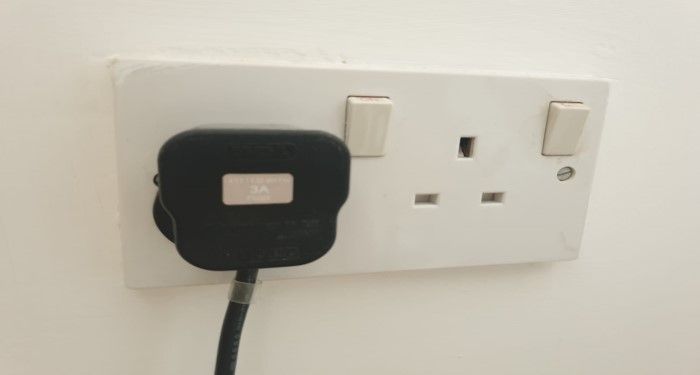
More advanced plug sockets include USB outlets which feature typical sockets along with USB outlets. The average cost for this socket type is normally around £8 to £120.
Another advanced plug outlet is a smart socket, which can be controlled from a smart hub or smartphone which helps you reduce electrical usage. Smart plug sockets are normally priced at £20 to £190.
Wire Relocation Cost
Fuse board replacement cost may also involve relocating wiring. You may also need to have it moved if you are renovating, for instance, you may decide to turn your electrical cupboard into a bathroom, so under building regulation, it must be moved.
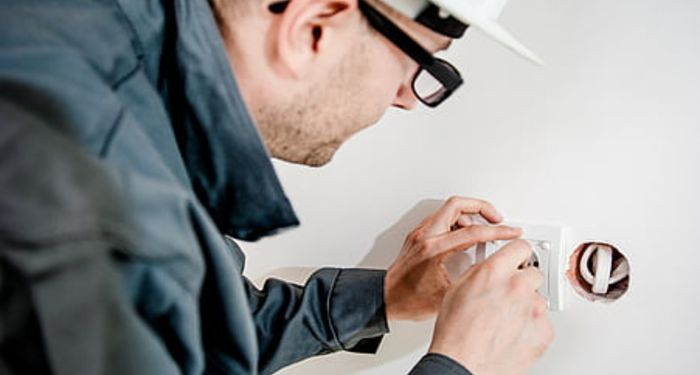
The cost to relocate your fuse board is normally around £200 to £550.
New Light Switch Cost
Another element you may want to consider is the price of installing new light switches, which cost around £30 to £60 to install.
The supply cost, however, will vary depending on the type of light switch you choose, for example, a budget switch such as a rocker switch tends to cost around £3 to £4, while a 20-amp switch ranges from £3 to £8.
Other light switch options include toggles switches which are normally priced at £3 to £20 and dimmer switches which cost around £5 to £180. If you are looking for a more advanced light switch, then you could also consider a smart dimmer which ranges from £160 to £200.
House Rewiring Cost
When conducting electrical checks, an electrician may also find that your house wiring is out of date and you will, therefore, need a complete rewiring. The cost to rewire your house will depend on the size and type of property you have, as well as the condition of the wiring.
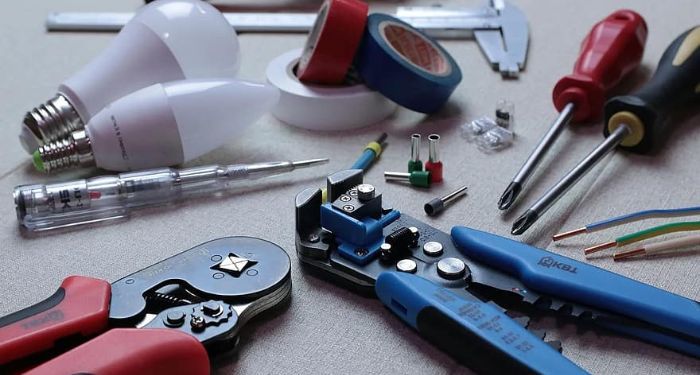
Small one-bedroom flats tend to cost around £2000 to £2500, while those living in a two-bedroom terraced could expect to pay around £2000 to £3500.
The average house rewiring price for three-bedroom semi-detached is £3000 to £4500, and a four-bedroom detached home can range from £3500 to £5,500.
What are the Supply Costs of a New Consumer Unit?
If you plan on installing a consumer unit yourself, or wish to purchase it yourself, then you should consider the following supply cost of new consumer unit:
Split-Load Consumer Unit Cost
One of the common consumer units is a split-load model which features miniature circuit breakers (MCBs) on the side where the residual current devices (RCDs) are located, while the residual current breaker with over-current (RCBOs) are placed near the main switch. This type of consumer unit tends to cost around £90 to £200.
Garage Consumer Unit Cost
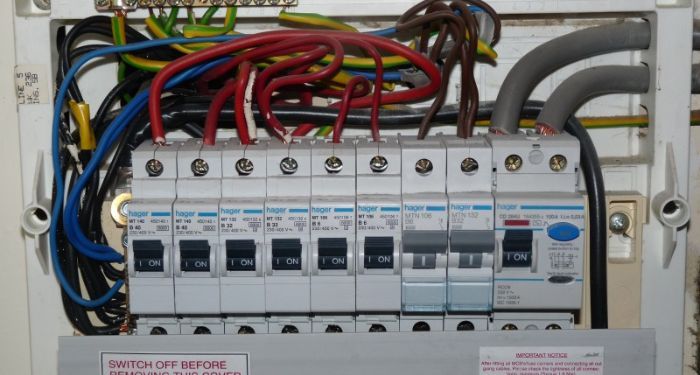
A garage consumer unit is a more compact product which is normally used in outbuildings such as garages, extensions, and sheds. They are used to power the building when the main consumer unit is too far away. Garage consumer units are typically priced at £34 to £68.
Fully Loaded Consumer Unit Cost
This type of consumer unit is categorised by its two sets of residual current devices and miniature circuit breakers which have 10 to 15 useable ways. Fully loaded consumer units usually cost around £40 to £200.
Dual-Split Load Consumer Unit Cost
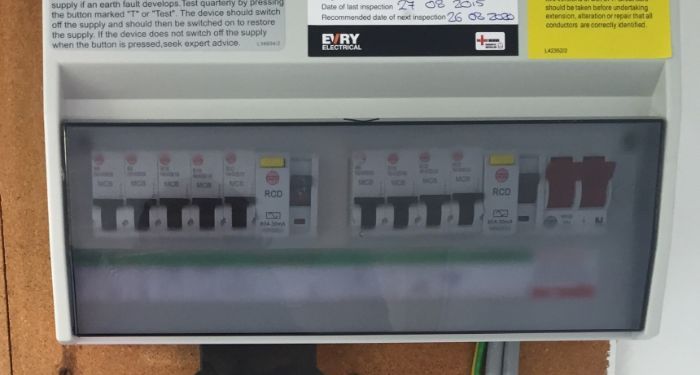
Dual-split load consumer units are used to separately power electrical installations upstairs and downstairs. They feature two sets of residual current devices which power two different circuits. This type of consumer unit ranges from £90 to £200.
Domestic Switch Fuse Cost
Another small consumer unit is a domestic switch fuse box normally utilised as a secondary main switch that features one circuit which is connected to the sub-mains. A new fuse board cost around £70 to £80 for a domestic switch fuse.
Tradesmen Costs for Upgrading a Fuse Board
A new consumer unit cost also includes the price to hire an electrician, which will vary depending on the size of the job.
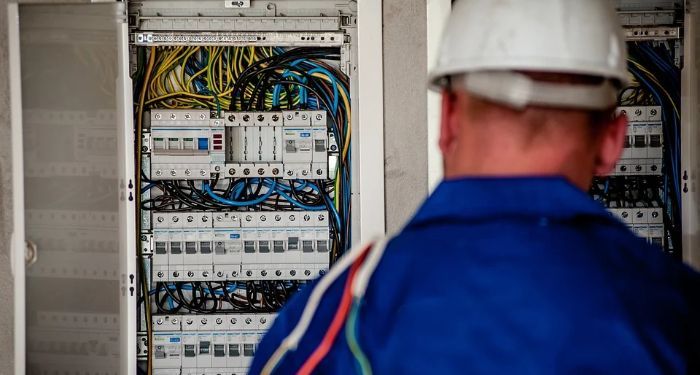
If you live in a one-bedroom flat, then a qualified electrician may charge around £325 to £370 to install a small consumer unit with six circuits, while a two-bedroom terraced house usually costs around £330 to £385 for a ten-circuit unit.
The cost of a new consumer unit in a three-bedroom semi-detatched or a four-bedroom detached home should be between £380 to £450 in labour for a twelve-circuit system.
How Long Does It Take to Upgrade a Fuse Board?
Another factor you need to consider is the time it takes to upgrade an old fuse board, as the larger the unit the longer it takes to install.
It also depends on the size of the property, as a six-circuit unit in a one-bedroom flat normally takes around 4 to 5 hours. While the time frame to install a ten-circuit fuse box is around 5 to 6 hours.
Larger consumer units with twelve circuit which are normally used in a three-bedroom semi or four-bedroom detached home tend to take around 6 to 7 hours to install.
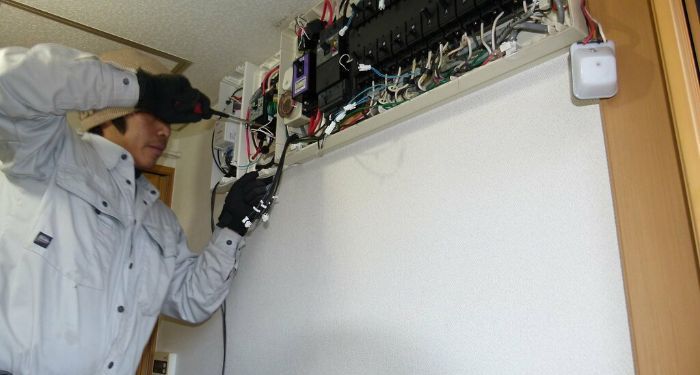
You may also have to consider time spent on additional work, such as rewiring which can take around 4 to 9 days to complete depending on the size of the house. If you need any new light switch or sockets moving, then this can also add around 1 to 4 hours to the job.
Cost of Removing a Fuse Board
If you need to have your fuse board removed and relocated or you have a consumer unit in your garage or shed that you no longer use, then you should consider having it removed.
This should cost around £50 to £120 to remove and dispose of the unit, although this may vary depending on the size of the fuse box.
If you want to save money, you could consider getting rid of your fuse board yourself by dropping it off at a household waste recycling centre.
FAQs
Q: What is a consumer unit?
A: A consumer unit or a fuse box is a form of distribution board which is used to control and distribute electricity to installations in your home.
They usually contain a main switch, circuit breakers and residual current devices which are used to power electrical installations while also preventing electrical complications.
Q: What size consumer unit do I need?
A: The size you choose will depend on the size of your home along with how many electrical devices you have. For example, if you live in a one-bedroom flat you may only need a small consumer unit with six circuits, while a four-bedroom detached property may require twelve or more circuit to control and power your home.
Q: Can I have more than one consumer unit?
A: It is possible to have multiple consumer units, although you can only have one main fuse box. If you require a consumer unit in an outbuilding such as a shed, garage or extension, then you can have a small fuse box installed and connected to the main supply.
Q: Where can a consumer unit be installed?
A: In order to comply with building regulations, a consumer unit must be installed 450mm to 1200mm from the floor level, and the switches must be 1350mm and 1450mm above floor level. It is also important that your consumer unit must be fitted in a dry and secure place that is away from any water installation. It should also be installed in an area where it can be easily accessed for repairs and maintenance.
Q: When does a consumer unit need replacing?
A: If you have an outdated consumer unit with a wooden back, then this will need to be replaced in order to maintain compliance. You may also need to have your consumer unit removed if it trips regularly.
It will also need to be replaced if your lights or electrical installations are flickering, as this can be a sign that the consumer unit is becoming inefficient and will need to be upgraded.

